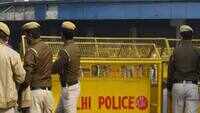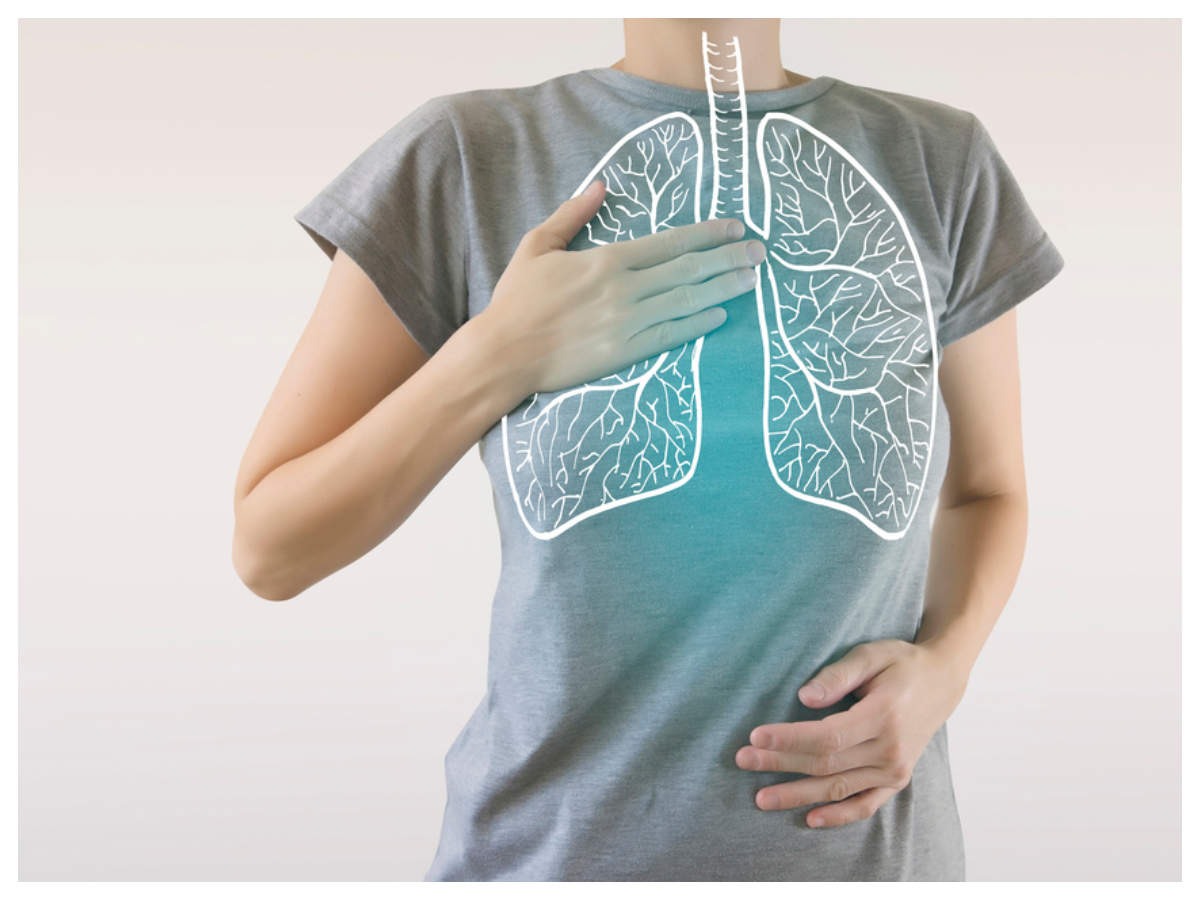
Bhubaneswar: As Odias troop back to their villages in Balangir district from different states, and with many expected to be moved to quarantine centres, water scarcity is emerging as a problem area. More so after the panchayat representatives made it clear they won’t allow the returnees staying in quarantine centres to access the village ponds for fear the villagers may get infected.
To tide over the crisis, the representatives are now trying to make alternate arrangements for the drinking and other needs of the returnees.
Four blocks of Balangir district under Titlagarh sub-division will receive around 35,000 migrants for which schools, community halls and panchayats offices have been turned into quarantine centres. During summer, Titlagarh becomes extremely hot and water scarcity becomes acute in the months of May-June.
Having realized that there would be scarcity of water, especially for bathing and washing, several panchayats have set up temporary water tanks, which will be in operation during the entire duration that the quarantine homes are open, and water will be pumped from nearby pond or well to the tanks.
“We have deep borewells at many panchayats. We will draw water for drinking from the tubewell using submersible motor pump. If required, tractor-mounted tankers will be used to supply water to the quarantine centres,” said Harinarayan Mishra, sarpanch of Keshkela panchayat.
So far, 93,000 migrant labourers have registered themselves with the government for return to the villages of Balangir district. Most of these migrants had gone with their families to south Indian states to work in brick kilns.
Dayaram Agrawal, the sarpanch of Naren, said they have created two facilities to accommodate migrants. “We have separate toilets and bathing enclosure for the migrants. If tanker water is supplied on a daily basis, there won’t be a shortage,” Agrawal said.
Titlagarh sub-collector Sudhakar Nayak said the migrants won’t be allowed to move out of the quarantine centres, not even to use a tubewell. “Water for both drinking and bathing will be provided. In a centre where there is water source, we will need a motor pump and pipe to provide water. In case there is no water source, either mobile tankers will be used or water will be pumped from the nearby pond,” Nayak said.
EoM
To tide over the crisis, the representatives are now trying to make alternate arrangements for the drinking and other needs of the returnees.
Four blocks of Balangir district under Titlagarh sub-division will receive around 35,000 migrants for which schools, community halls and panchayats offices have been turned into quarantine centres. During summer, Titlagarh becomes extremely hot and water scarcity becomes acute in the months of May-June.
Having realized that there would be scarcity of water, especially for bathing and washing, several panchayats have set up temporary water tanks, which will be in operation during the entire duration that the quarantine homes are open, and water will be pumped from nearby pond or well to the tanks.
“We have deep borewells at many panchayats. We will draw water for drinking from the tubewell using submersible motor pump. If required, tractor-mounted tankers will be used to supply water to the quarantine centres,” said Harinarayan Mishra, sarpanch of Keshkela panchayat.
So far, 93,000 migrant labourers have registered themselves with the government for return to the villages of Balangir district. Most of these migrants had gone with their families to south Indian states to work in brick kilns.
Dayaram Agrawal, the sarpanch of Naren, said they have created two facilities to accommodate migrants. “We have separate toilets and bathing enclosure for the migrants. If tanker water is supplied on a daily basis, there won’t be a shortage,” Agrawal said.
Titlagarh sub-collector Sudhakar Nayak said the migrants won’t be allowed to move out of the quarantine centres, not even to use a tubewell. “Water for both drinking and bathing will be provided. In a centre where there is water source, we will need a motor pump and pipe to provide water. In case there is no water source, either mobile tankers will be used or water will be pumped from the nearby pond,” Nayak said.
EoM

Coronavirus outbreak
Trending Topics
LATEST VIDEOS
City
 Preparations in full swing at Mohali railway station to run special trains for migrant workers
Preparations in full swing at Mohali railway station to run special trains for migrant workers  'Bois Locker room' case: Delhi Police arrest 18-year-old boy who was group admin
'Bois Locker room' case: Delhi Police arrest 18-year-old boy who was group admin  Gujarat Congress blames 'Namaste Trump' event for COVID-19 spread
Gujarat Congress blames 'Namaste Trump' event for COVID-19 spread  Argument over face mask turns violent in Chembur; man thrashed brutally
Argument over face mask turns violent in Chembur; man thrashed brutally
More from TOI
Navbharat Times
Featured Today in Travel
Quick Links
Kerala Coronavirus Helpline NumberHaryana Coronavirus Helpline NumberUP Coronavirus Helpline NumberBareilly NewsBhopal NewsCoronavirus in DelhiCoronavirus in HyderabadCoronavirus in IndiaCoronavirus symptomsCoronavirusRajasthan Coronavirus Helpline NumberAditya ThackerayShiv SenaFire in MumbaiAP Coronavirus Helpline NumberArvind KejriwalJammu Kashmir Coronavirus Helpline NumberSrinagar encounter
Get the app



